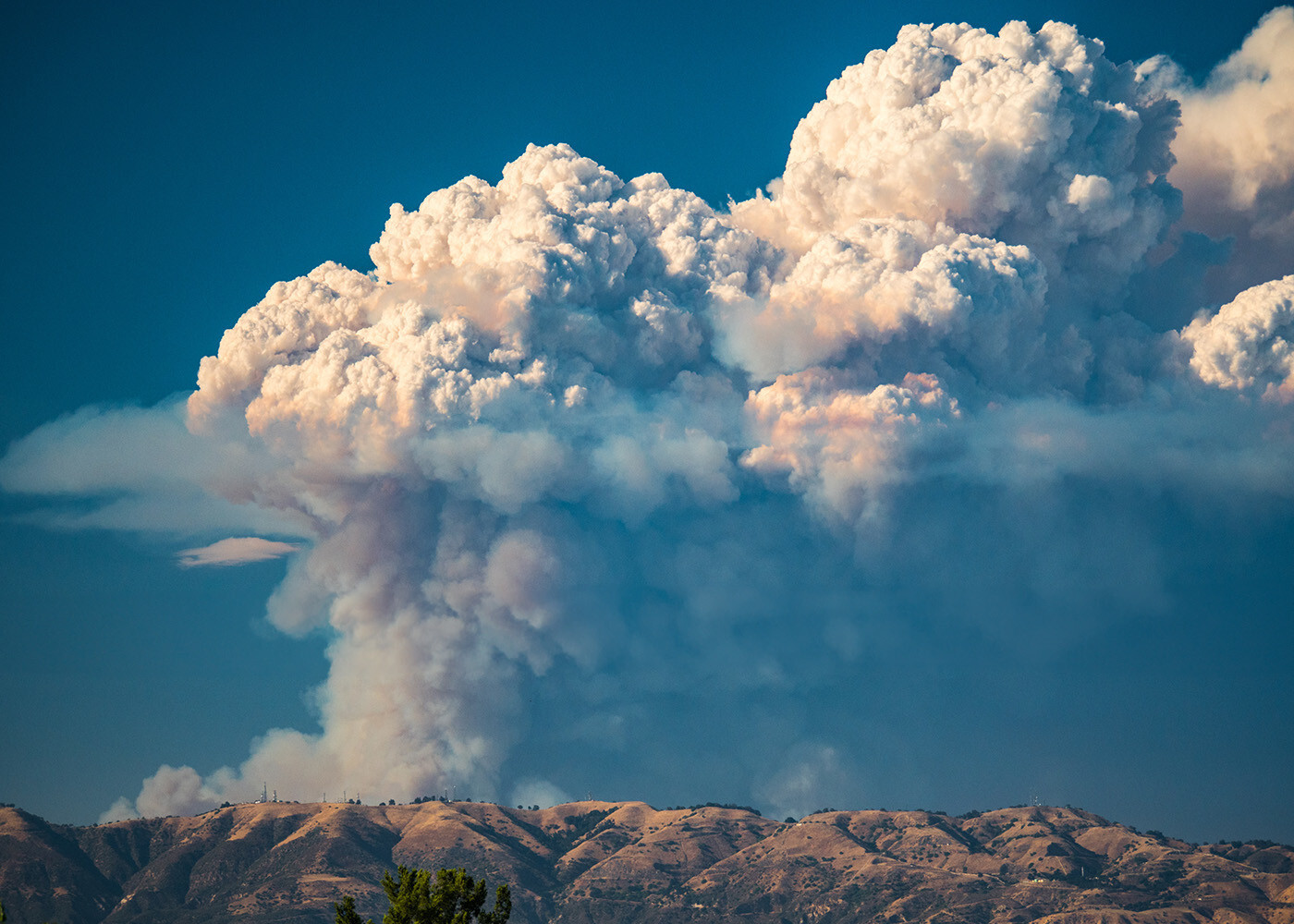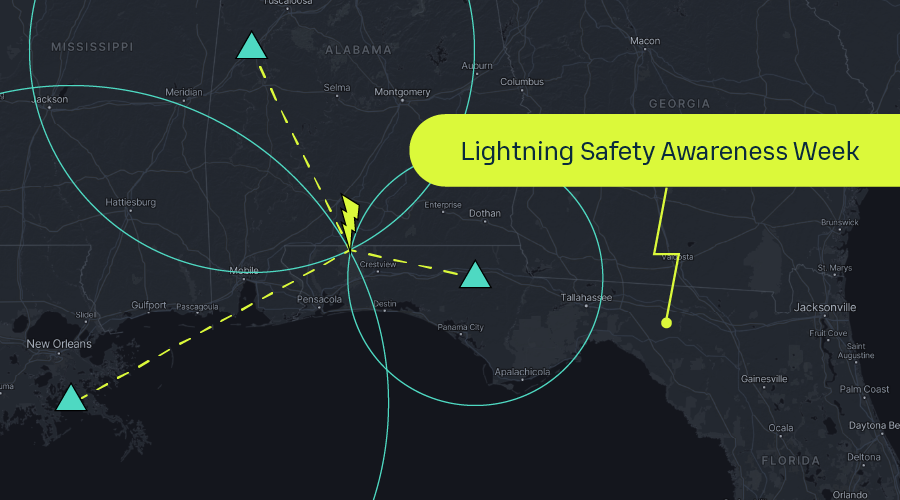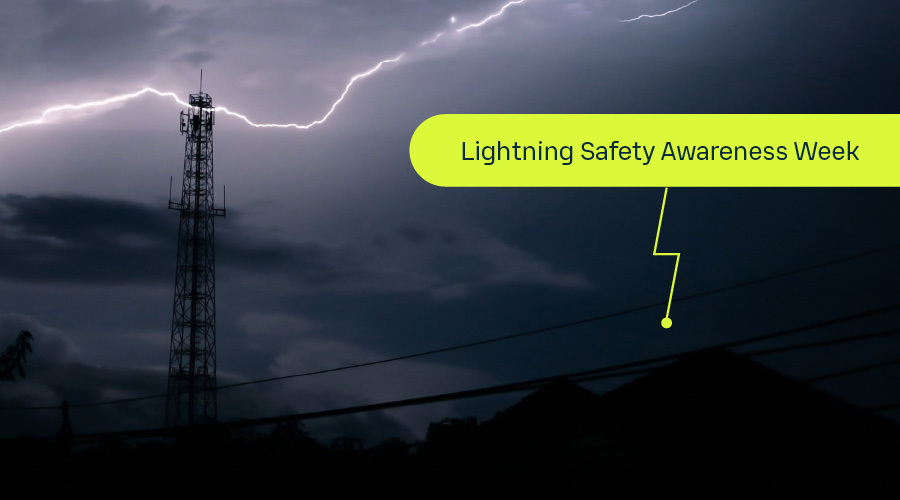Lightning represents only 16% of wildfire starts, but is responsible for 56% of the total acres burned in the lower 48 US states, according to U.S. Forest Service wildfire database. Because of the remote nature of some of these fires, they can have significant spread, often before we even know they’ve begun. Making matters more difficult, large fires can create their own lightning, putting firefighters at even greater risk and starting additional fires nearby.
How lightning triggers wildfire
Primary environmental conditions for wildfires to start and spread include an abundance of dry fuel such as dead trees and dried grass, prolonged low humidity levels, and high winds. These factors create a highly combustible environment that can ignite with just a single spark.
Sometimes, a lightning strike doesn’t immediately result in a fire, but instead heats the debris in the environment to a smolder. These holdover fires last undetected for days or even weeks until high winds or temperature changes cause them to ignite. For the emergency response crews tasked with putting out these fires, real-time lightning detection that instantly identifies ground strikes—especially those with continuing current—is crucial.
Vaisala Xweather supports crews finding and fighting fires with the Xweather Insight platform, which leverages real-time lightning data from Vaisala’s global lightning detection networks.
“With Xweather’s software and lightning and weather data, our crews are not only able to identify areas with high potential for wildfire due to drought index and lightning information like amperage but also to maintain awareness of incoming storms with alerts and visuals while fighting those fires to stay as safe as they can while on the ground. Having this information in one place makes the job safer and more efficient.”
Justin Whitesell, Emergency Services Director, Larimer County Sheriff’s Office
How wildfire triggers lightning
When a fire is identified, firefighters quickly respond to the event and deploy necessary techniques to extinguish or control the spread, depending on weather conditions like wind and temperature. If a fire grows substantially, its ash plumes can create its own weather in what are called pyrocumulonimbus clouds. These clouds sometimes contain enough static charge to create lightning powerful enough to discharge to the ground, posing a serious threat to firefighters. The same phenomenon also occurs in ash plumes from volcanoes — learn more from our 2022 Annual Lightning Report.

What distinguishes one pyro cloud from another? Pyrocumulus clouds do not produce lightning, while pyrocumulonimbus clouds do — but validating that can be challenging without seeing it happen or corroborating pyro cloud presence with data from a lightning detection network.
Go indoors any time lightning is seen.
In fire conditions, a lightning-safe location is often a vehicle with a metal-topped roof, like a truck.
To protect firefighters from the dangers of lightning, emergency management crews, including Incident Meteorologists (IMETs) from the National Weather Service, use Xweather lightning alerts to advise when lightning is too close for them to be outside. Historical lightning data exported from our analysis software ties lightning events to wildfires and guides crews to inspect potential start locations or validate the root cause of the fire start. When the lightning subsides, IMETs receive an all-clear notice to resume firefighting operations.
Wildfires are among nature's most fearsome forces. Understanding their origins, behaviors, and the methods used to control them is critical not only for the safety of those living in fire-prone areas but also for the firefighters and scientists who study and combat them.
Header image provided by our friends at Larimer County Sheriff's Office. Learn more about the work Larimer County is doing to reduce wildfire spread and improve safety here.
Strengthen your wildfire detection and safety protocol with lightning awareness
Book a demo of the Xweather Insight weather confidence platform and see how to protect your personnel with real-time storm tracking and automated lightning alerts. Or start a free 30-day trial of our API and mapping solutions to build weather confidence into your existing applications.


